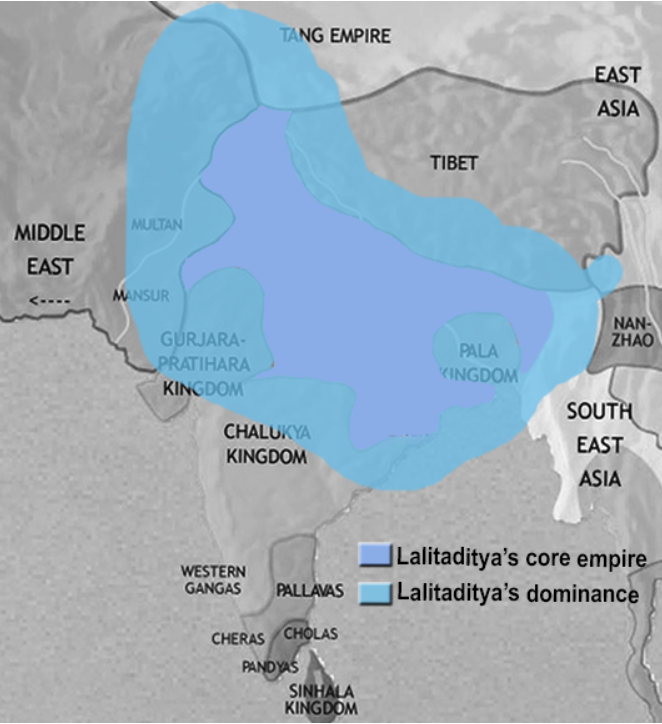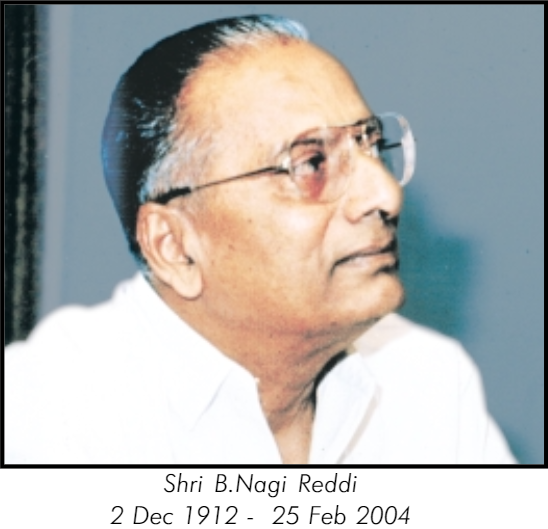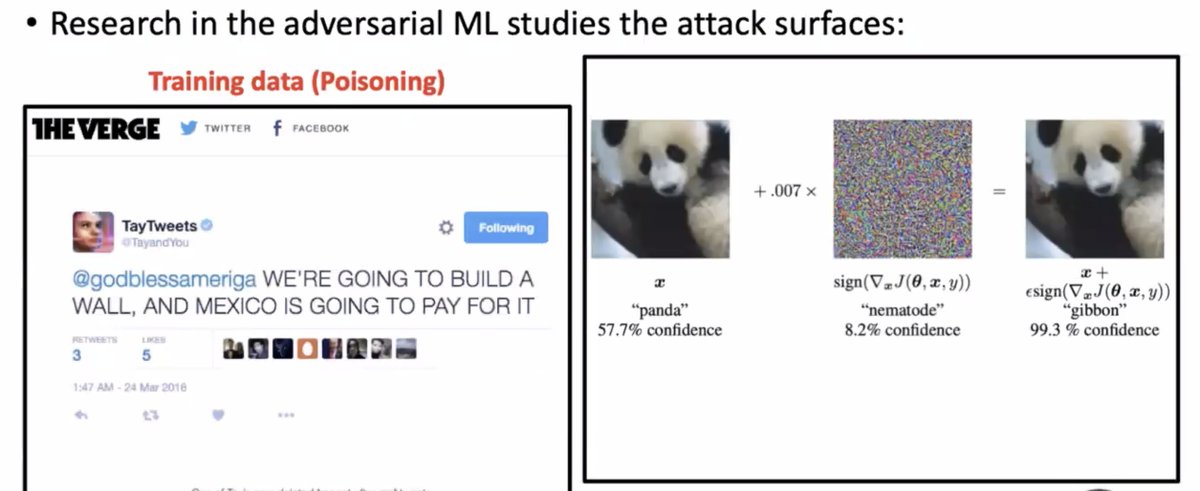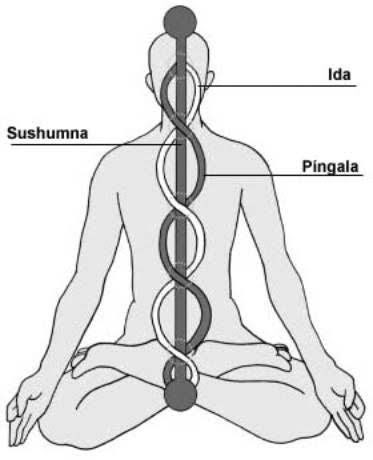EXPLANATION OF THE EXISTENCE OF DARK MATTER AND DARK ENERGY !
What Is Dark Energy ?
More is unknown than is known. We know how much dark energy there is because we know how it affects the universe's expansion. Other than that, it is a complete mystery.
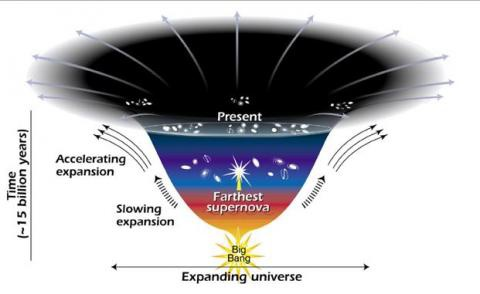
WHAT OUR SANATAN DHARMA SAYS IN THIS CONTEXT LET’S TAKE A LOOK
The verses of Taittiriya Aranyaka say that only one pada of the Lord
According to the observations and realizations of ancient seers, nearly eighty percent of this universe is yet of unknown nature which remains inactive during the process of creation (rather, evolution).
In Nasadiya sutra of Rigveda also there is a mention of this inactive matter as: ‘Nothing existed prior to creation of universe, neither shape nor size nor kind nor even the light.
‘Naavastuni vastu siddhi’
which means that only life and inert fluid (dark matter) existed before creation.
More from AKASH BHAT
LEO SZILARD - THE MAN WHO OWNED THE PATENT ON ATOMIC BOMB & CHANGED THE WORLD
Leo Szilard, an almost unknown scientist in today's times, made some surprising important contributions to science and society. Give in ur 10 mins to this thread bcoz ur mind is about to be blown.
1/

Szilard owned the patent on the atomic bomb - (https://t.co/MLq4JXPxVs). Pause for a minute and let that last statement sink in - there was a patent on the atomic bomb and this man owned it. The neutron was discovered in 1932 by James Chadwick and soon after, Szilard invented
2
and patented the idea of a neutron based nuclear chain reaction in 1933-34, which also describes the resulting explosion.
In his university days, Szilard took courses from Einstein, who also highly praised Szilard's doctoral thesis.
3/
In the late 1920s, they worked together to develop refrigerators with no moving parts and they shared a few patents on those. Yes - Einstein had patents on refrigerators. Unfortunately, these refrigerators never became a commercial success,
4/
though a form of such refrigerators are still used today in nuclear power plants. Einstein and Szilard were very good friends throughout their lives. After discovery of fission in 1938,
5/
Leo Szilard, an almost unknown scientist in today's times, made some surprising important contributions to science and society. Give in ur 10 mins to this thread bcoz ur mind is about to be blown.
1/

Szilard owned the patent on the atomic bomb - (https://t.co/MLq4JXPxVs). Pause for a minute and let that last statement sink in - there was a patent on the atomic bomb and this man owned it. The neutron was discovered in 1932 by James Chadwick and soon after, Szilard invented
2
and patented the idea of a neutron based nuclear chain reaction in 1933-34, which also describes the resulting explosion.
In his university days, Szilard took courses from Einstein, who also highly praised Szilard's doctoral thesis.
3/
In the late 1920s, they worked together to develop refrigerators with no moving parts and they shared a few patents on those. Yes - Einstein had patents on refrigerators. Unfortunately, these refrigerators never became a commercial success,
4/
though a form of such refrigerators are still used today in nuclear power plants. Einstein and Szilard were very good friends throughout their lives. After discovery of fission in 1938,
5/


